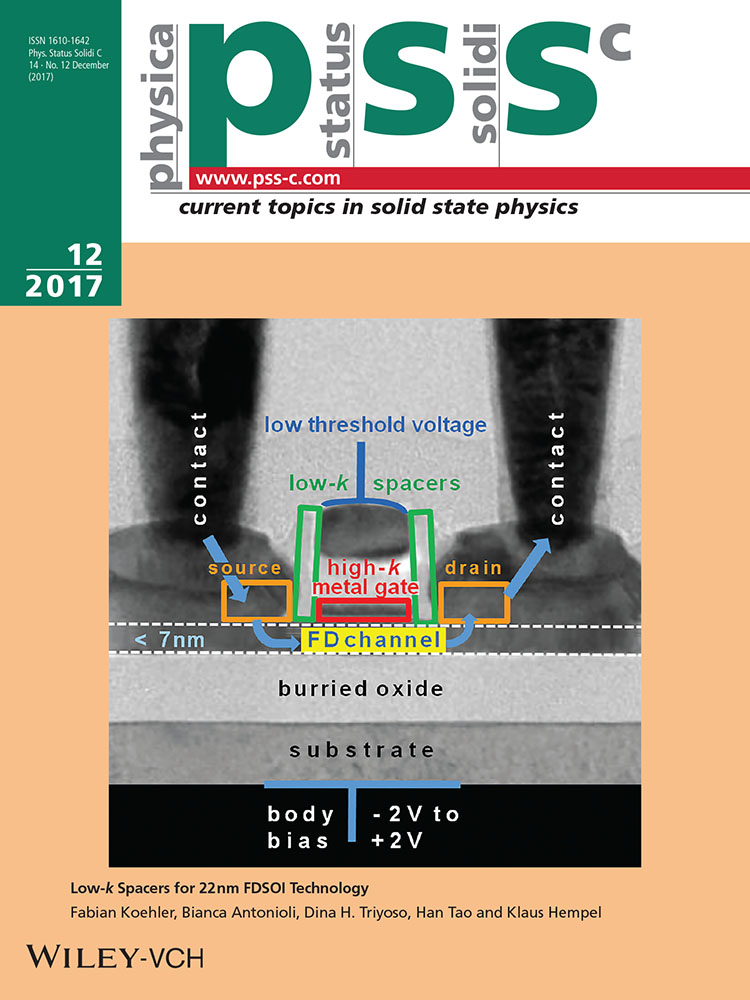High temperature electrical conductivity in donor-doped II–VI compounds
Abstract
Dopants of group III and group VII elements act as donors (D) in II–VI materials. Here we report the results of our investigations of donors in some II–VI donor-doped compounds (CdSe:Al, CdSe:Ga, CdSe:In, ZnSe:In, ZnS:Al, ZnS:Ga and ZnS:In) using the method of high temperature electrical conductivity (HTEC). Our interests lie in the activation energies determined from HTEC isobars and slopes of HTEC isotherms in the temperature region from 600 to 1200 °C where the donor action of dopant appears. We assumed the existence of near-zero activation energies of free carrier concentrations determined from HTEC isobars Arrhenius plots for the donor action regions. In some cases, this is realized as the result of formation of compensation through electroneutrality condition n = [D•]. In this region, the best results to obtain high n-type conductivity in frozen-in crystals can be achieved. Unexpected negative HTEC activation energies with non-zero slopes of HTEC isotherms were obtained for the systems ZnSe:In, ZnS:Al and ZnS:Ga in the donor action region. The appearance of negative activation energies of HTEC and the models for high temperature defect equilibrium of these systems are analyzed.




